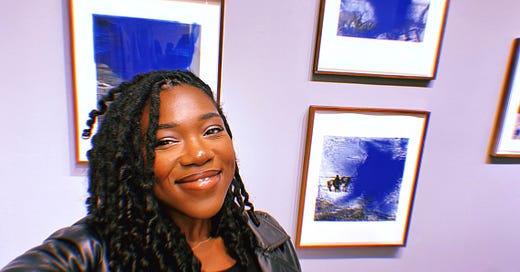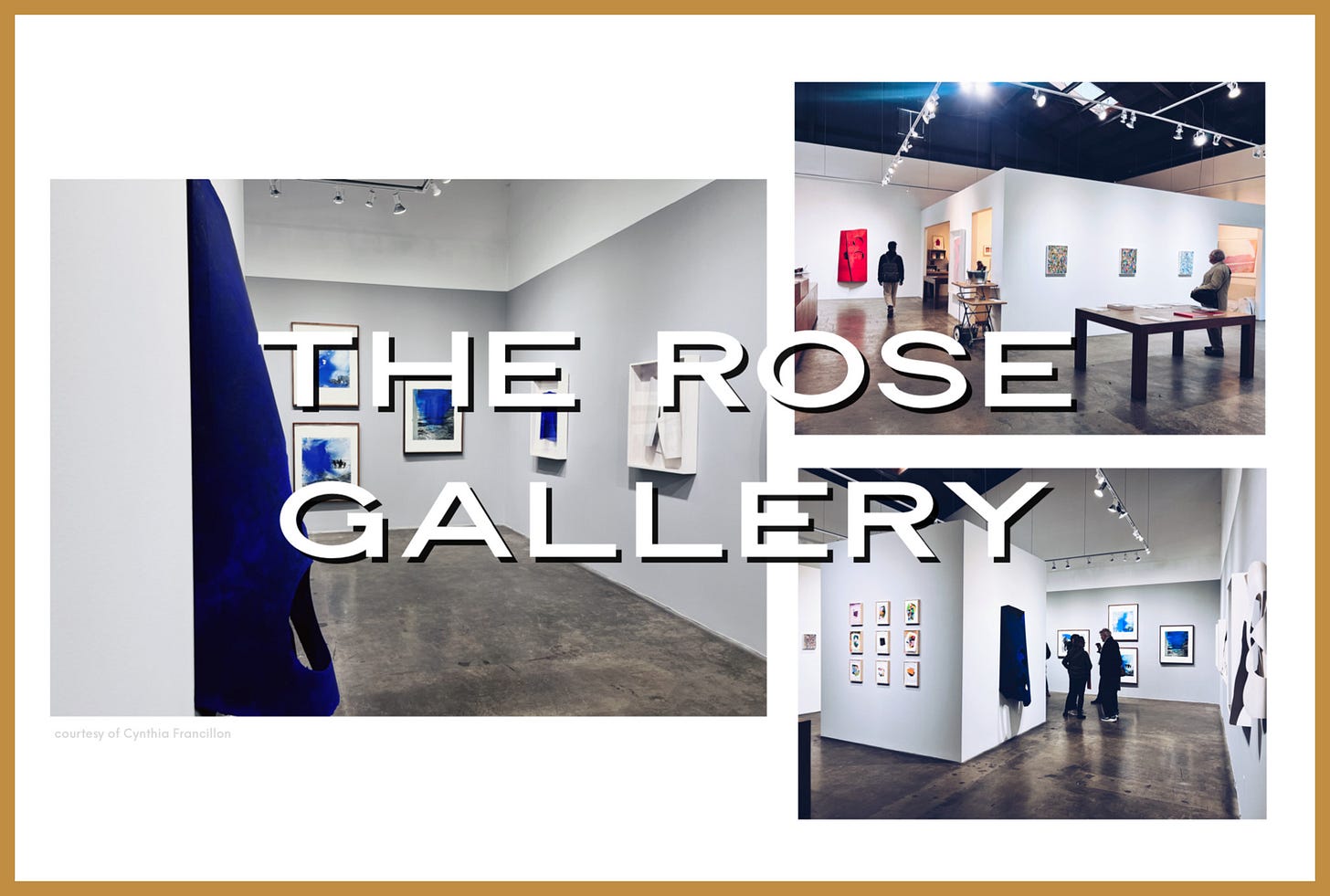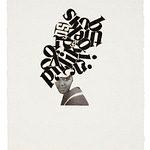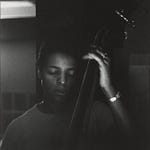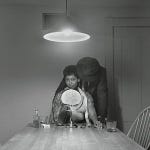I love a good surprise.
I think, deep down, I sometimes use it as a compass for how I live, especially in creating and regarding art. My favorite thing is letting excitement build from my ego’s eagerness to know what I’m getting myself into, but having enough curiosity to let not knowing be just as exciting. To only expect that I will show up for whatever is waiting for me, and make something out of it.
Isn’t that art? Literally.
A beautiful marriage between knowing and not. Building and breaking down, searching and waiting. There is magic between the margins of expectancy and uncertainty because these are the scales we’re dealt with. We can plan as much as we want, and suddenly, we are hit with a collision of differences that forces us to weigh the course of things planned, and the spirits of submission and adjustment beg for a new road to walk.
I love knowing, but I also love a good surprise.
Los Angeles isn’t hailed as a city with a deep epicenter for the fine arts. There’s the Arts District, as well as galleries and museums that house a lot of beautiful work from neighborhood to neighborhood. But because LA is so massive, everything is spread apart. And it’s a dreamworld that’s held up by film / television, so you’re not going to get the New York treatment, where art resides on every city block you walk past.
But, on a chilly, wet Saturday evening in Santa Monica a few weeks ago, I discovered a sort of haven where one can go to spend an entire day looking at eye-catching pieces. A playground for collectors: a place called the Bergamot Station Arts Center.
I met a wonderful Black woman named Angela at Shantell Martin’s exhibition opening two days prior (post coming soon), where we discussed the pieces on display, as well as our connection to both art and the art world. Come to find, she’s the director of a gallery, and I am a writer eager to explore the landscape of art the city has to offer. Upon this exchange, she said, “You should come by our gallery. I think you’d like it. And, we’re debuting a new exhibition! You can take a walk around and do a write-up on it if you’d like.”
I took her up on that offer and planned my Saturday accordingly. It was Frieze weekend, so art shows were popping up all over the city. That day, I went to a showing in Culver City (another post coming soon!) and reserved the rest of my evening to attend hers.
I typed The Rose Gallery into Google Maps, and it brought me to Bergamot Station Arts Center. Hmm. I was expecting the establishment to be a single-standing gallery of its own. I double-checked the address to make sure there wasn’t an error, and when I saw it wasn’t, I chalked it up and called a car. As we drove, I contemplated what to expect, since my expectations were already thrown off. But this wasn’t a letdown—I had grown eager not knowing. And when my Uber finally pulled into Bergamot, I was in for a surprise.
Behind matte black gates opened to receive, we drove into a winding parking lot packed with cars, where a map stood at the entrance. I rolled down the window, and upon looking at the map, I saw a list of over twenty gallery names divided into zones. I located the Rose Gallery in Zone B, and as we made our way around to find it, I realized that this was a WHOLE compound.
Described as an “internationally renowned creative arts complex,” Bergamot has served as a destination for art lovers to stroll in peace, walking amongst several private galleries that showcase some of the most eccentric pieces of contemporary art since 1994. My driver and I read the gallery names as we slowly drove past them, each lined beside the other, with passerby’s coming from one gallery and walking into another.
Each, it felt, had a voice of its own. And tucked in the back was the one I was here for.
The Rose Gallery, when you first walk in, is very unassuming.
Quiet and spread, but not crowded, thanks to the open floor paneled rooms. They made it easy for visitors to float around with plenty of space. Greyscale walls are enhanced by the lighting above them, bright but never intimidating. And the art is well spread apart for spectators to marvel and ponder at each.
Eyes wide open, I walked into a small corridor that led me into an office filled to the brim with stacked bookcases, almost acting as a wall to section off from the rest of the gallery. I was entranced; my greatest mission in life was to have a home with a library, and this was giving the inspo I needed. More art that was less showy compared to the works outside aligned the wall to the side of the books, and in the center of the office was a busy desk littered with paper, more books, and stationery. Despite no one sitting at it, it all felt active.
…can I be frank? I thought the office was an installation, LOL. I was waiting to come across an artwork label or even a descriptor pasted on one of the walls somewhere. I strolled around in there so captivated that I hadn’t noticed Angela walk in. We bumped into each other, and she was shocked but glad to see me. “You made it! And looks like you’ve found my office!” she said. I had to laugh at the coincidence.
She put her stuff down and nudged her head towards the exit. “C’mon, let me show you around.”
The exhibition titled “Navigating Pigment” features work from Manfred Müller and Shaun McCracken, where together, they create a collage interrogating the impact of color as the thesis their artwork explores.
Manfred Müller’s portion of the exhibition is “Subaqua,” a collection of black-and-white archival photographs taken in the 20th-century Arctic, where the atmospheric quietude is interrupted with the vibrant hue of blue watercolor spreading itself, almost fighting for occupation on the print. Said interruption doesn’t ruin the photos, though. It gives it personality. Müller might make it look easy, throwing some color over black-and-white, right? But the blue feels intentional, and for me, it came across as an ode to the chill of the land. The sharp discomfort of ice-cold water that surrounds this universe of the Arctic. The very word gives rush to the idea of a deep freeze, most times symbolized by the color blue.
Shaun McCracken’s untitled collection is a display of geometric color, where each painting finds itself within a pigmented scheme that dictates the explorative center of complementation. While the lines might have been drawn crisply, the edges, once painted over, look smooth with the help of the paint’s texture. A halo of greyish-white pastel brush strokes surrounds the geometric subjects, and the erratic or seamless nature of the shape’s color combination varies piece by piece. The tile-like structures, though one would assume differently, provide something so beautifully nonlinear around McCracken’s exploration here. And, to me, it felt like he was also hyper-focused on what happens when a family of color stands within their individual potency while working as a unit to create something mosaic.
I didn’t have the chance to speak with Shaun, but Manfred was present for the showing of his portion of the exhibition, and I had the privilege of being introduced to him by Angela. A sweet, soft-spoken man who looks right into your eyes when speaking to you, he has a presence you wouldn’t feel shy interacting with. He’s so pleasant, that he took time to talk with every single person who showed intrigue with his work, happily engaging in hushed conversations out of courtesy of the room to speak about the art.
It also helps that while living between Germany and Los Angeles, it’s his wife, Rose Shoshana, who owns the gallery where his work gets to live in a safe and considerate space.
After our introductions, he strolled beside me as we spoke about his technique, where he discussed in great detail something I hadn’t considered: the paper. When trying to achieve the Subaqua collection, it was important to consider what type of paper best captured the beauty of the vintage photograph, as well as could withstand the watercolor.
He printed it on cold-pressed bright paper, which I learned has a surface finish that’s bumpy in texture as opposed to the smooth one of hot-pressed bright paper. Because of this, it’s most preferred to use with watercolor, due to its absorbency. Its brightness also promises the color of the paint to appear vibrant. And so, with the combination of turpentine to linseed oil, Müller was able to control the behavior of the watercolor, though it appears otherwise. Add in the help of Japanese drier, which is made to accelerate the drying process, and you’ve got a striking image.
It’s exceptionally manipulative. I’m impressed by the way an artist has to consider so much on an experimented piece. But that confidence comes from understanding + appreciating the tools they are both familiar and unfamiliar with. The ideation to execution pipeline is a frightening and rewarding journey.
A limbo of knowing, and not.
Surprises abound.
Eventually, Manfred went to entertain the questions of others and I was left to enjoy his work for myself. I did my best to look past the blue at the inspiration behind the color, and was touched by the wholesomeness of the photographs. As for Shaun’s work, I loved how they didn’t take up space against the wall, and yet, still caught your attention with color that wasn’t POP. It was soft and sophisticated.
As was the whole exhibition. Pigment was well explored in two very different ways.
The Rose Gallery also had a wonderful bookshop of artists’s collections that they’ve showcased in the past, as well as a gift shop that sold intricate pieces for the home. I walked through those, admiring all of them, before going to Angela and discussing my findings from the gallery with her.
“This is far from my comfort, but I enjoyed the challenge,” I told her. “The work is beautiful. And Manfred is precious!”
“Isn’t he? I’m excited to see what you come up with.” She also took time to introduce me to Rose herself, as well as random collectors that, from the rapport of their conversation, told me these people were regulars of the gallery.
“Working here has had me meet some of the most interesting people,” she shared as we watched someone she had just finished talking to walk around the space. “I am never bored!”
After some more gabbing, I left the gallery and walked the compound of Bergamot a bit. I didn’t want to spoil too much; I had planned to do a day trip to see every gallery one day soon and didn’t want to ruin what that opportunity would be like.
It was dark out when I called my Uber. Still early, perhaps 8pm…? But that gave me time to go home, enjoy some dinner, and ruminate on the beauty I saw today, including how I learned about a specific technique in painting, something I’m unfamiliar with since I do not paint actively. It was a joy to experience.
I remembered my ride over here, and how much I didn’t know what was in store for me.
I’m very thankful I didn’t. The obedience to not knowing was my reward.
I love a good surprise.
Thank you for reading, friends!
And if you are new here, thank you for checking out my work. Writing is my life. Who would I be without it? And for every post you enjoy, my purpose is confirmed.
So, once again. Thank you.
If you’d like to read more, here are my most notable pieces:
I Fried Sweet Plantain, and It Reminded Me of Haiti. And That, Yes, I Can Write My Ass Off — Defeated from trying too hard with writing, I made lunch instead. And, as God would have it, the words finally came. (videos included)
The Evidence in Prayer — When the hurt tries to force me to believe I am someone unworthy, my therapist taught me to, “Look for the evidence.” To find the truth in that one voice amongst the choir of lies. Prayer is one way.
The Beauty of Never Arriving — We treat the journey like something out to get us, all because it’ll be painful. But the journey is not the monster under our beds, the fear is.
And if you’d like to be a paid subscriber, where the proceeds go to me exploring pockets of the art world and expanding my language in the beauty we bypass every day, click here to upgrade. You will NOT regret it.


